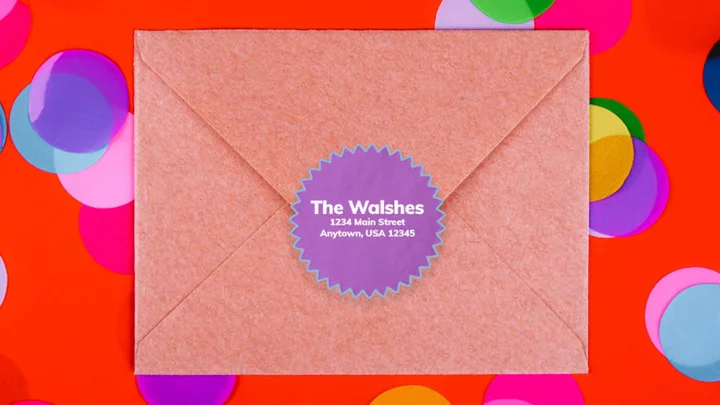Let’s suppose your last name is Jones, and you and your family want to send out holiday greeting cards or wedding invitations. How would you make your last name plural—Jones’? Jones’s? Or Joneses?
The Rules for (Correctly) Pluralizing Your Last Name
Although it may seem complicated at first, the rules of pluralizing last names are actually pretty simple, as Slate pointed out. Unless you want to make your last name possessive, there aren’t any circumstances where you would need to add an apostrophe.
The rule goes like this: If your name ends in s, x, z, ch, or sh, add -es to the end. Walsh becomes Walshes, and Malkovich becomes Malkoviches. For all other endings, simply add -s to the end (as in Smiths, Whites, Johnsons, etc).
Of course, things get a little trickier when you want to make a last name plural and possessive. “Errors involving plural proper names are so common that I almost never see them written correctly,” June Casagrande wrote at the Los Angeles Times.
How to Make Your Last Name Both Plural and Possessive
Let’s say you want to notify friends and family that a party will be held at the Jones household. You could take the easy way out and write just that, or you could opt for, “The party will be held at the Joneses’ house.” Simply tack an apostrophe onto the end of a plural name to make it possessive. Plural first, then possessive.
The LA Times provided a few other examples of plural possessives:
“Unlike singular possessives, which take an apostrophe followed by an S, plural possessives take an apostrophe alone. So if you’re going to the home of the Smiths, you’re going to the Smiths’ house. If you’re going to visit the Williamses, that would be at the Williamses’ house. Mr. and Mrs. Mendez, known collectively as the Mendezes, live in the Mendezes’ house. And Mr. and Mrs. Berry, whom we call the Berrys, live in the Berrys’ house.”
On the other hand, if Mr. Jones lived alone and was having a party at his place, you would write “Mr. Jones’ house” or “Mr. Jones’s house.” Both are acceptable—it’s merely a difference of style and personal preference. Names that end in s are the exception to the singular possessive rule, though. You’d normally just add 's to make a singular name possessive, such as Mr. Berry’s house or Mrs. Mendez’s house.
Now that you know exactly when and where to add an apostrophe, your greeting cards will not only be joyful but also grammatically correct.
A version of this story ran in 2018; it has been updated for 2023.
Are you a logophile? Do you want to learn unusual words and old-timey slang to make conversation more interesting, or discover fascinating tidbits about the origins of everyday phrases? Then get our new book, The Curious Compendium of Wonderful Words: A Miscellany of Obscure Terms, Bizarre Phrases, & Surprising Etymologies, out now! You can pick up your copy on Amazon, Barnes & Noble, Books-A-Million, or Bookshop.org.
This article was originally published on www.mentalfloss.com as To Apostrophe or Not to Apostrophe: How to Pluralize Your Last Name.

